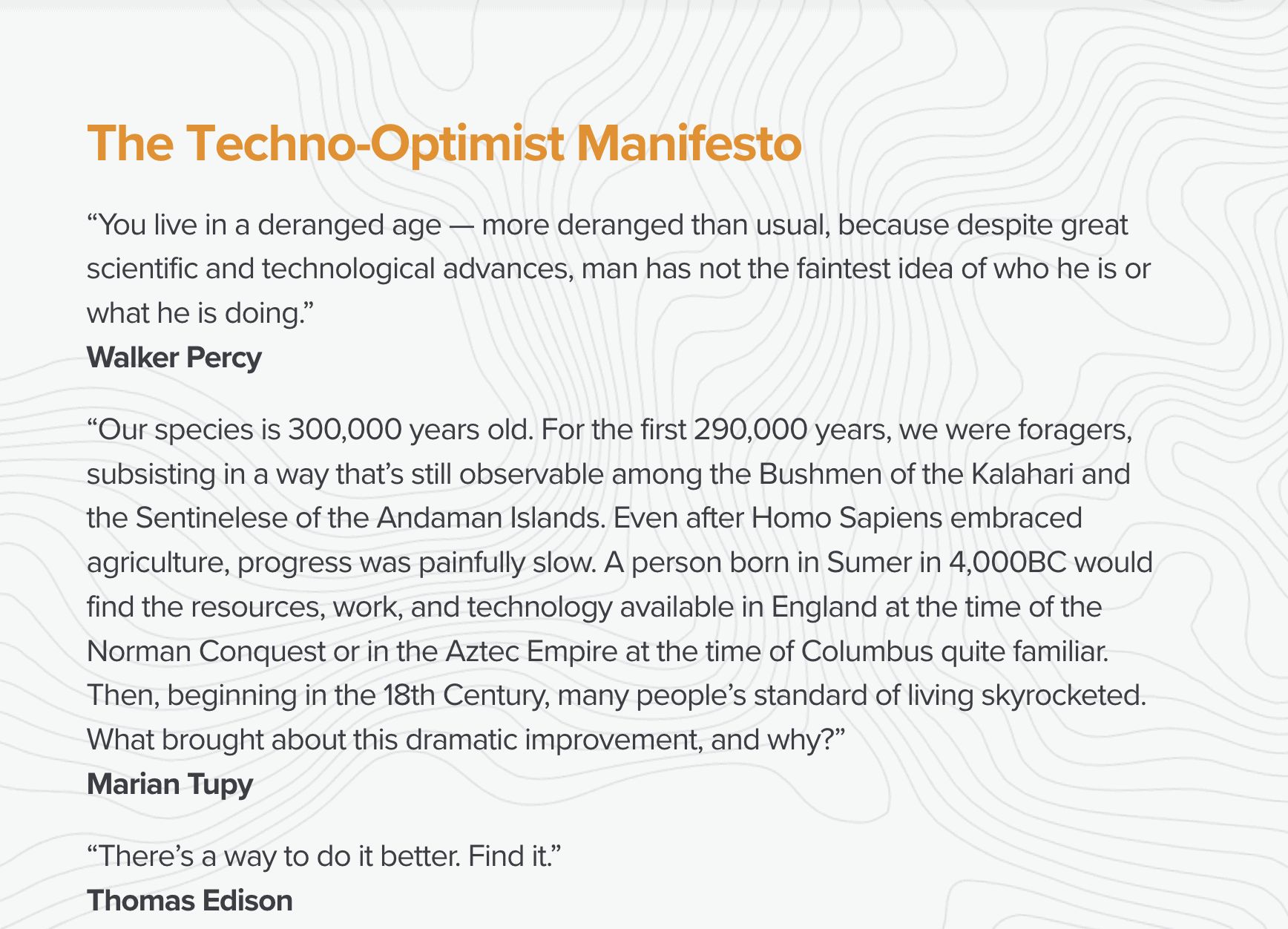
No company wants to be the next Kodak. It is a story told in every business class. The world changed, went digital, but Kodak didn’t. Although it’s not as simple as that – the first digital camera was, in fact, produced by Kodak – this story does highlight the importance of innovation. It is not just about R&D and creating a nice prototype, but also adapting the entire company to a changing world. There will always be shifts in the market, with new technologies opening doors and threatening established businesses. So, the question is, how can a large organization deal with such changes? How can it avoid falling into the trap of complacency, focusing on current profits while ignoring the forces that are eroding its business model?
Embracing innovation and overcoming barriers
Innovation is the use of new ideas, products, or methods where they have not been used before, and it is vital for a company’s long-term health. However, there are barriers to innovation, including human factors such as fear and resistance to change. To create a culture of innovation where risk-taking is embraced, leadership must start at the top. Addressing the fear factor requires psychological safety and focusing on positive energy, creativity, excitement, and optimism, according to McKinsey. Studies show that over 85% of innovation practitioners report fear holding back innovation, but only a quarter of organizations understand this fear, and less than 11% address it.
Disruptive innovation challenges industries, and case studies of Nokia, Kodak, Blockbuster, and Xerox show that failure to adapt to disruption can lead to a company’s demise. CEO leaders must prepare for industry changes, overcome volatility, uncertainty, complexity, and ambiguity and constantly evolve their business models. Collaboration across different functions, closing the strategy-execution gap, and fostering agility are essential for meeting organizational goals. It is the agility where Kodak went wrong, not the lack of innovation.
Investing in R&D and embracing technological progress
Research and development (R&D) spending is linked to long-term profits and innovation, and it plays a significant role in economic growth and development. Policymakers can enhance economic performance and prosperity by increasing R&D spending, patent numbers, technology trade, and promoting technological progress. According to a study using OECD countries’ data, innovation cycles show the exponential evolution of industries from the First Industrial Revolution to the present digital age, including artificial intelligence, digitisation, IoT, robotics, and drones.
Companies must invest in groundbreaking, disruptive technologies to stay relevant and survive. The pandemic has challenged various industries, including education, streaming, computer, banking, publishing, print media, insurance, real estate, construction, and healthcare. CEO leaders must acquire talent, adapt and adopt new technologies and business models to navigate these challenges.
Learning from successful innovators and fostering collaboration
Successful innovators such as Microsoft, Apple, Google, Facebook, YouTube, Amazon, Walt Disney, Netflix, and Spotify have modified their business models with changing times and technologies. CEOs must communicate the perils of not changing, the advantages of embracing change, and involve stakeholders in the change process. Building trust, removing institutional roadblocks, accepting feedback, and motivating employees during the evolutionary process are crucial for effective change management.

Collaboration between academia and industry can also drive innovation. A notable example is the partnership between Eindhoven University (TU/e) and ASML, a leading semiconductor company, which resulted in a deal worth several hundred million euros. This collaboration strengthens the talent pipeline for ASML and encourages cross-fertilisation between disciplines. Universities can provide the “completely bizarre, out-of-the-box thinking” necessary for companies’ future success.
Preparing for the future: adapting and evolving
Companies must be proactive in adapting to changes and evolving their business models to stay ahead of the curve. The recent bankruptcy of Bed Bath & Beyond serves as a cautionary tale for businesses that fail to adapt and innovate. To avoid a similar fate, companies must focus on long-term growth and innovation while balancing short-term disruption benefits.
In conclusion, embracing innovation, investing in R&D, fostering collaboration, and adapting to technological progress are essential for a company’s long-term success. By learning from the successes and failures of others, organizations can navigate the challenges of a rapidly changing world and avoid becoming the next Kodak.







